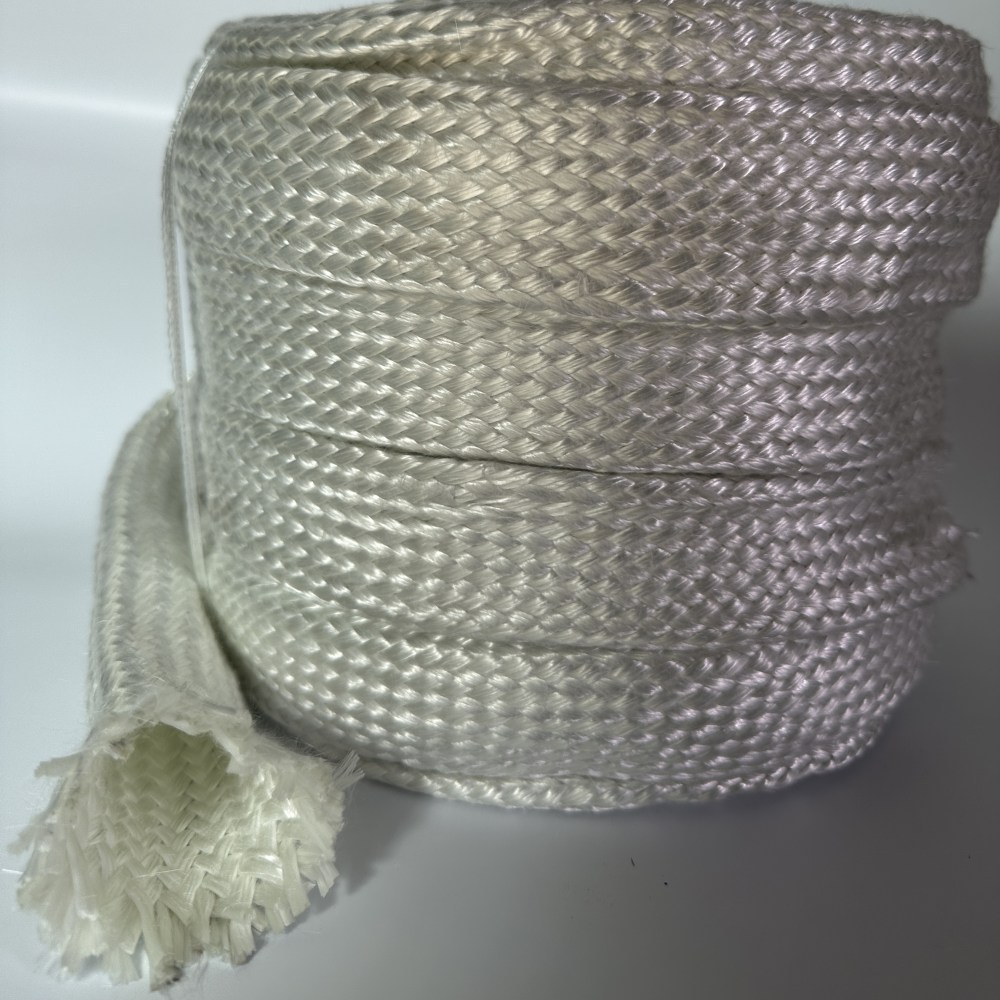Oplot z włókna szklanego to rodzaj osłony ochronnej stosowanej do izolowania i ekranowania przewodów, kabli i węży. Składa się z plecionych pasm włókna szklanego, które są splecione ze sobą, tworząc elastyczną strukturę przypominającą rurkę. Ten płaszcz jest zwykle używany w zastosowaniach, w których występują wysokie temperatury, ścieranie i chemikalia.
Najważniejsze funkcje i zastosowania obejmują:
Izolacja termiczna: Koszulka z włókna szklanego wytrzymuje wysokie temperatury, często do kilkuset stopni Celsjusza, dzięki czemu nadaje się do stosowania w środowiskach, w których odporność na ciepło ma kluczowe znaczenie.
Odporność na ścieranie: Zapewnia ochronę przed zużyciem mechanicznym i ścieraniem, co pomaga przedłużyć żywotność kabli i przewodów.
Odporność chemiczna: Jest odporny na wiele chemikaliów i rozpuszczalników, dzięki czemu nadaje się do stosowania w środowiskach przemysłowych, gdzie może wystąpić narażenie na takie substancje.
Elastyczność: Pomimo swojej trwałości, osłona z włókna szklanego pozostaje elastyczna, dzięki czemu dopasowuje się do różnych kształtów i zagięć w systemach okablowania.
Izolacja elektryczna: Koszulka z włókna szklanego, używana głównie do ochrony termicznej i mechanicznej, może również zapewniać pewien stopień izolacji elektrycznej.
Obszary zastosowań: Typowe zastosowania obejmują wiązki przewodów samochodowych, maszyny przemysłowe, urządzenia elektryczne i wszędzie tam, gdzie kable lub przewody wymagają ochrony przed ciepłem i ścieraniem.
Należy pamiętać, że z oplotem z włókna szklanego należy obchodzić się ostrożnie, aby uniknąć podrażnienia skóry w wyniku kontaktu z włóknami włókna szklanego. Podczas instalacji i obsługi zaleca się zachowanie odpowiednich środków bezpieczeństwa, takich jak noszenie rękawic i unikanie bezpośredniego kontaktu ze skórą.

poprzedni :
Co to jest aluminiowa rurka osłony termicznej?następny :
Wymiana węża podgrzewacza wstępnego